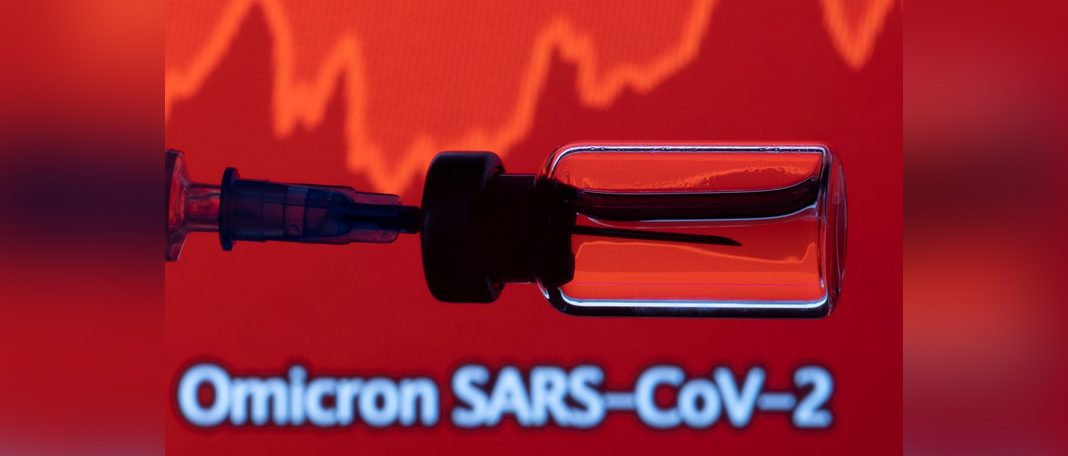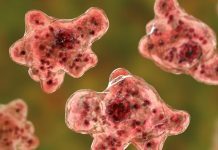What Is Omicron?
Omicron is the new variant of the virus that causes Covid-19. On November 26, 2021, the World Health Organization (WHO) TechnicalAdvisory Group on Virus Evolution (TAG-VE) designated the new variant as B.1.1.529, a variant of concern, called omicron. According to TAG-VE, omicron has several mutations which may have an impact on how it behaves.
Symptoms of Omicron
Based on the preliminary evidence, Omicron can only cause mild symptoms to the people who have contracted it. Experts and researchers around the world are monitoring it closely to check whether it leads to severe illness like the previous variant. The symptoms of omicron so far observed are
Patients who got affected with omicron
- Show extreme tiredness regardless of their age.
- Observed with a scratchy throat.
- Does not show any symptoms of loss of smell and taste.
- Does not show any symptoms of oxygen level drop.
- Recovered without getting hospitalized.
How Many Variants of COVID Are There
According to the World Health Organization (WHO), there are around 13 named variants of the SARS virus that cause COVID-19. Among them, some of the variants turned out to be not as severe as Covid and they were no longer considered as variants.
omicron was first reported in South Africa on 24th November 2021. Since then it has become a dominant variant there and also it has been detected in several other countries like Australia, Netherland.
As it spreads quickly, the (WHO) World Health Organization also declared Omicron as a Covid-19 variant. Even Though this variant didn’t cause any serious symptoms, the WHO pays close attention to it as it may change based on the pandemic.
Which COVID Vaccine Is Most Effective
The covid 19 vaccine effectiveness cannot be predicted as each vaccine is unique. Each vaccine provides strong protection against various diseases.
| Pfizer-BioNTech | Moderna | Johnson & Johnson | |
| Status | Approved by FDA and it was the first Covid-19 vaccine | Approved by FDA but only for emergency use. | Approved by FDA but only for emergency use. |
| Dosage | Two shots (21 days apart) | Two shots (28 days apart) | |
| How it works | The Pfizer mRNA vaccine delivers a tiny piece of genetic code from the SARS virus to host cells in the body. That boosts the protein to stimulate the immune response. | Similar to the Pfizer mRNA vaccine, this vaccine also delivers a tiny piece of genetic code from the SARS virus to host cells in the body. That boosts the protein to stimulate the immune response. | J&j is a carrier vaccine, which uses a different approach than the other mRNA vaccines. It uses different ways to instruct human cells to make the SARS CoV-2 spike protein. |
| Side Effects | Chills, headache, pain, tiredness, redness, and swelling at the injection site. | Similar to Pfizer, it also has Chills, headache, pain, tiredness, redness, and swelling at the injection site. | Fatigue, fever headache, pain on injection site, or myalgia (pain in a muscle) |
| Recommended for | Children and adults from age 5 and above | Used on adults older than 18 years and above. | Used on adults older than 18 years and above. |

















